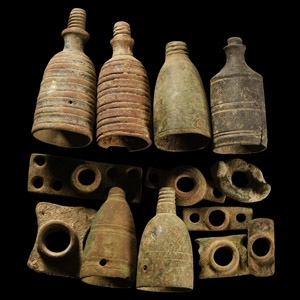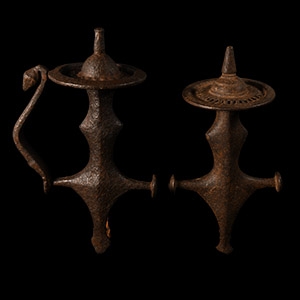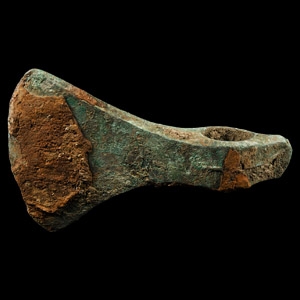Home > Auctions > 5 - 9 September 2023
Ancient Art, Antiquities, Natural History & Coins
Auction Highlights:
Found Essex, UK.
Acquired UK market.
Property of a Kent collector.
Used for hunting and in warfare. Possibly engraved using a possum tooth.
Acquired 1990s-early 2000s.
East Anglian private collection.
See Glosek, M., Późnośredniowieczna broń obuchowa w zbiorach polskich (Late medieval blunt weapons in Polish collections), Warszawa-Łódź, 1996, pl.XXX, letter B, for some of these axes.
On type of axehead here presented, with similar specimens found in the territories of the Teutonic Order, was by far the most popular form of axe which remains unchangeable and continues to be used in the Baltic to this day. It appears in East European territories as early as the mid 13th century A.D.
Acquired 1980-2015.
Ex Abelita family collection.
Acquired UK market.
Property of a Kent collector.
Acquired 1980-2015.
Ex Abelita family collection.
Cf. Bikic, V., Beyond the Jewellery: Archer’s Rings in the Medieval Balkans (14th-15th centuries) in Bosselmann-Ruickbie, A. (ed.), New Research on Late Byzantine Goldsmiths’ Works (13th-15th Centuries), Mainz, 2019, figs.5, 6, 7.
Acquired 1971-1972.
From the collection of the vendor's father.
Property of a London, UK, collector.
Accompanied by an academic report by Dr Raffaele D’Amato.
This lot has been checked against the Interpol Database of stolen works of art and is accompanied by search certificate number no.11751-202770.
Cf. Beglova, E.A., Antichnoe nasledie Kubani (Ancient heritage of Kuban) III, Moscow, pp.410-422 (in Russian); Dedjulkin A.V., 'Locally Made Protective Equipment of the Population of North-Western Caucasus in the Hellenistic Period', in Stratum Plus, no. 3, 2014, pp.169-184; Симоненко А.В., 'Шлемы сарматского времени из Восточной Европы' (Sarmatian Age Helmets from Eastern Europe), in Stratum Plus, no.4, 2014, fig.15, no.1.
According both to Symonenko and Dedjulkin (2014, p.189, fig.9, nn.4-5-6), this category of helmet derives from Chalcidian types (with pseudo-Illyrian elements). As with Chalcidian helmets, our specimen shows vertical decorative lines on the bowl and triangular brow ornament. Distinct from Attic types, it does not have a protruding neck guard introduced on variant III of such helmets (Symonenko, 2014, fig. 15,2-3). According to Dedjulkin, these helmets derive from Greek prototypes, but are simplifications of the original models and made by local artisans. They were widely worn by mercenaries in the Hellenised armies of Pontus and other Hellenistic kingdoms across the Eastern Mediterranean.
Found Berkshire, UK.
Cf. similar examples in PAS, see SUSS-C3EDEC, LIN-C5B84A, NLM-6884E2, WMID-7484BA, BERK-088962.
Acquired 1990s-early 2000s.
East Anglian private collection.
Cf. Michalak, A., Arma confinii, przemiany późnośredniowiecznej broni na rubieżach Śląska, Wielkopolski, Branderburgii i Łużyc (Arma confinii, transformations of late medieval weapons on the borders of Silesia, Wielkopolska, Brandenburg and Lusatia, in Polish), Zielona Gora, 2019, pls.92-128, for similar projectiles.
In medieval warfare crossbows were of great importance, used especially by infantry. An improvement of their effectiveness by inceasing the weight of projectiles as well the strength of the bow caused a clear evolution of body defences between 13th and 15th centuries A.D.
Acquired on the UK art market.
Property of a Ruislip, UK, gentleman, by inheritance.
Acquired 1980-2015.
Ex Abelita family collection.
See Khorasani, M.M., Arms and Armour from Iran. The Bronze Age to the End of the Qajar Period, Tübingen, 2006, figure 467, for the main type.
Some of these arrowheads seem to belong to the type V, subcategory type C, according to the classification of Khorasani and Negahban. In the four categories of triangular bronze arrowheads from Luristan, Marlik and Northern Iran individuated by Negahban, subtypes C and D of type V are larger arrow or javelin heads, C with barbed shoulders and D with round shoulders.
Acquired 1980-2015.
Ex Abelita family collection.
829 - 840 of 2453 LOTS

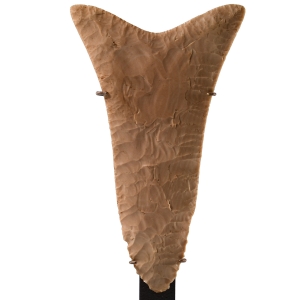
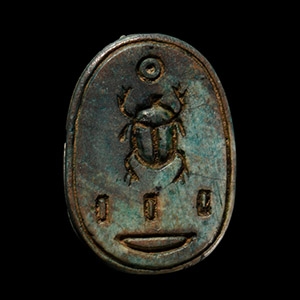
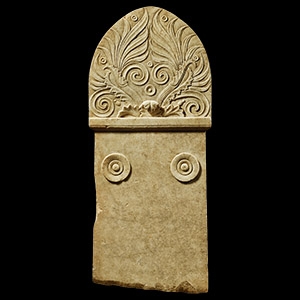
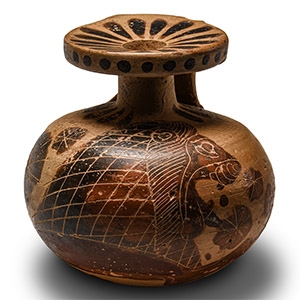
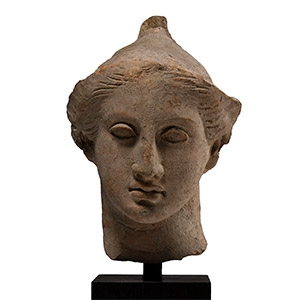
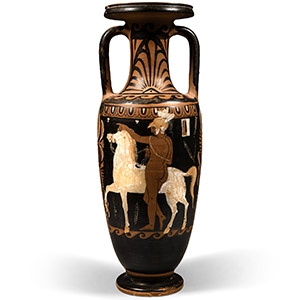
.jpg)
.jpg)
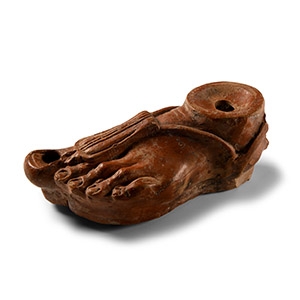
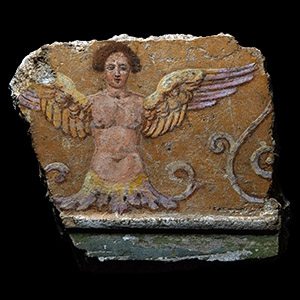
.jpg)
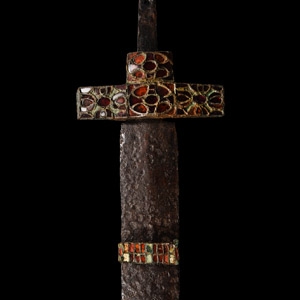
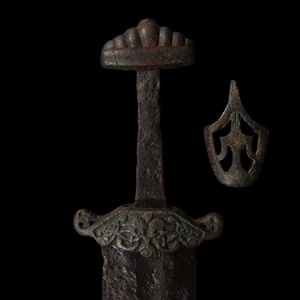
.jpg)
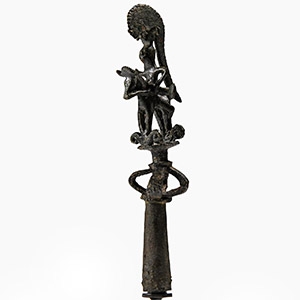


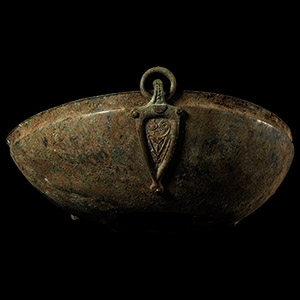
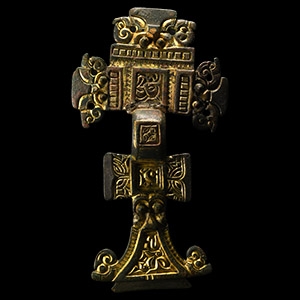
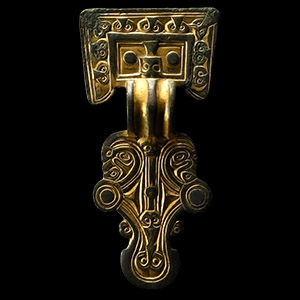
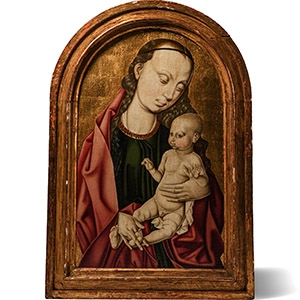

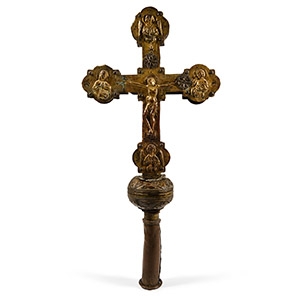
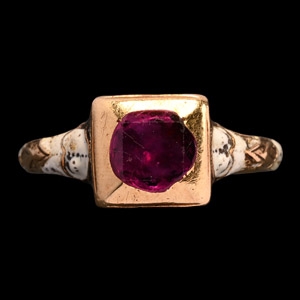
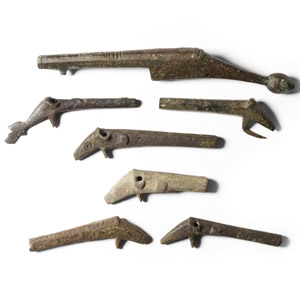
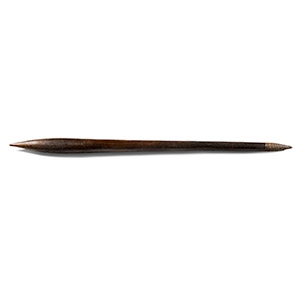
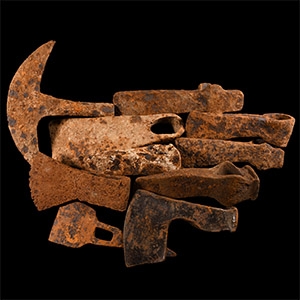
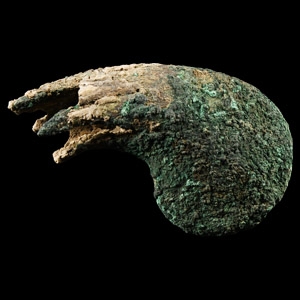


.jpg)
